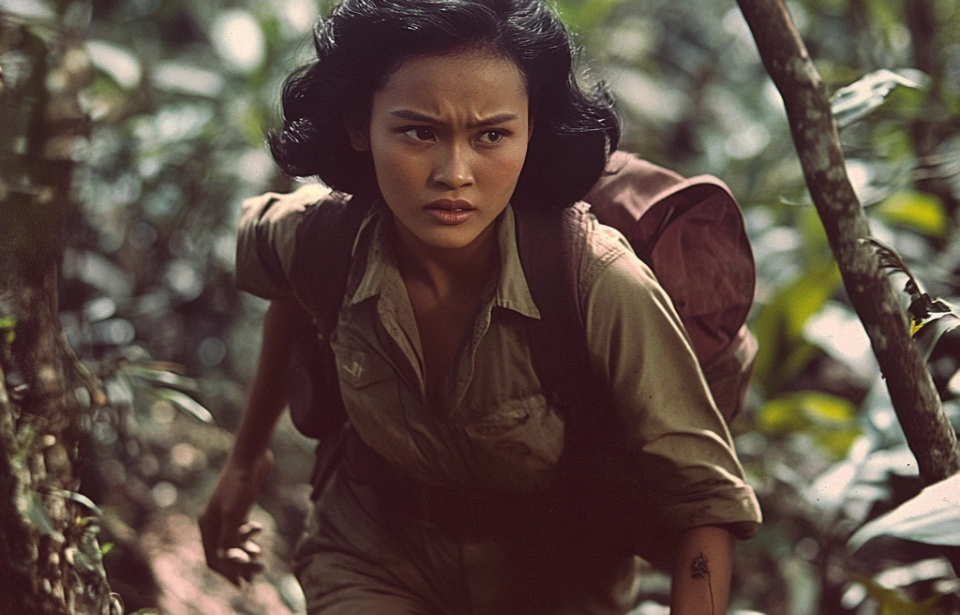Throughout the Japanese occupation of the Philippines during the Second World War, guerrillas actively worked to liberate their country. Among then was a twenty-something woman named Josefina Guerrero, who dedicated herself to the underground, even though she was suffering from leprosy. Despite her condition, she forged her own path, becoming a key part of the Allies’ success in ejecting the enemy forces.
Josefina Guerrero’s early life
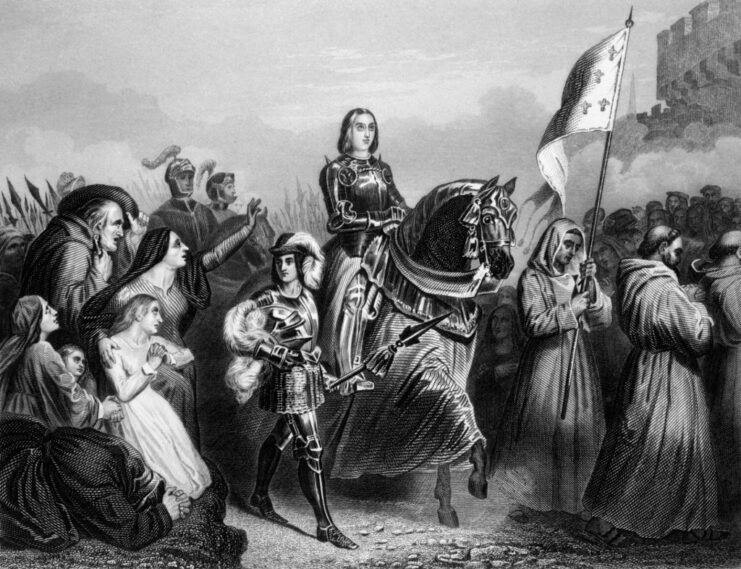
Josefina “Joey” Guerrero was born Josefina Veluya in the Philippine province of Quezon on August 5, 1917. Becoming an orphan at a young age, she was given shelter by the Sisters of the Good Shepherd, where she learned about Joan of Arc, whom she had a deep respect for. After contracting tuberculous, Guerrero was sent to her grandparents’ home, after which she found a permanent home at a local convent.
Despite the challenges she faced early in life, Guerrero was described as being a happy child who excelled at sports, music and poetry. In 1934, when she was just 16 years old, she married Renato Maria Guerrero, a medical student, and soon became the mother to a child named Cynthia.
Diagnosed with Hansen’s Disease
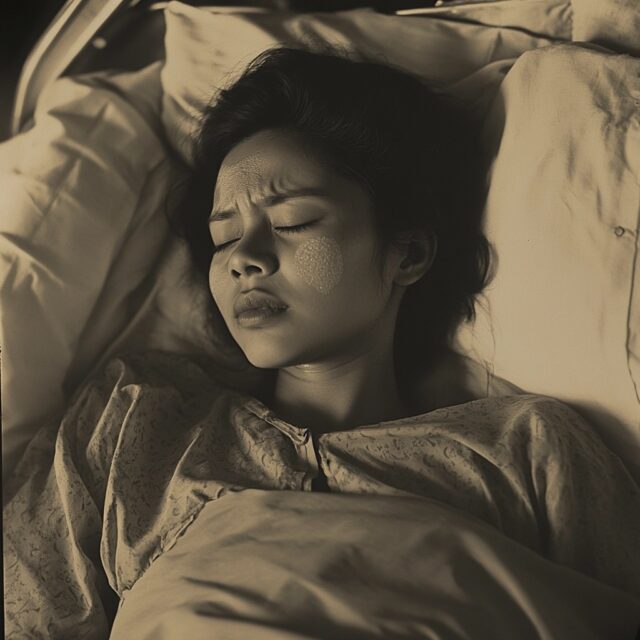
The trio’s lives appeared to be going smoothly – that is, until 1941, when Josefina Guerrero began experiencing unusual medical symptoms, such as skin lesions, unexplained aches and a never-ending fever. She was diagnosed with leprosy (today known as Hansen’s Disease), which turned her world upside down.
Thanks to the negative stigma surrounding the condition, Guerrero suffered the loss of everyone she loved. Her husband left her and Cynthia was taken out of her care. Worried about the public finding out about her diagnosis, which would undoubtedly lead to her be committed to a leprosarium, Guerrero and her remaining family attempted to manage her care in secret.
Josefina Guerrero became a spy for the Resistance
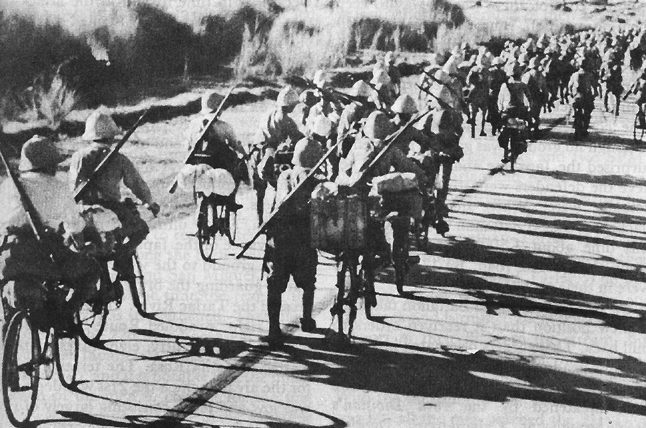
When the Japanese invaded and subsequently occupied the Philippines in 1941-42, Josefina Guerrero found herself without any access to the medication that kept her condition in check. Faced with a future that involved a painful existence, she decided to do her part for the war effort. She contacted a guerrilla working with the Resistance and expressed her desire to volunteer.
While initially dismissed, due to her age (she was only 24 years old at the time and considered a “child”), Guerrero wasn’t one to give up so easily. She persisted and was eventually granted permission to join the Philippine underground.
Josefina Guerrero used her diagnosis to her advantage
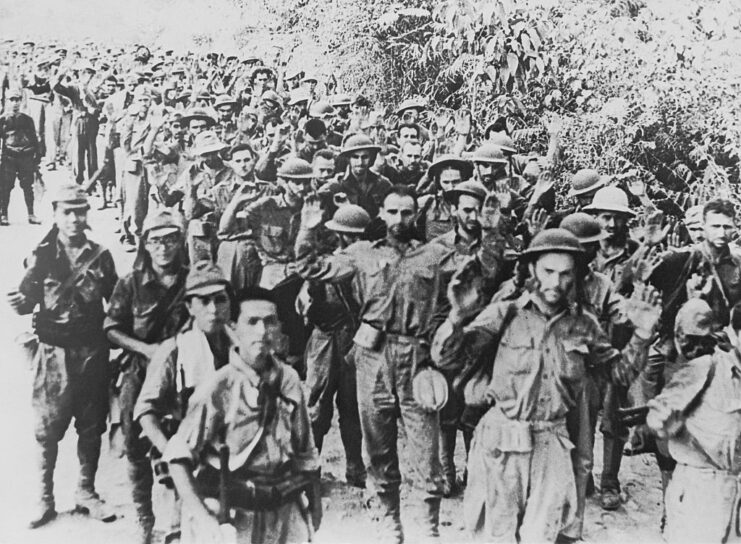
Josefina Guerrero’s diagnosis of leprosy unexpectedly helped her while working with the Resistance. The aforementioned stigma surrounding the condition meant Japanese soldiers didn’t want to make any physical contact with her, meaning she often moved through security checkpoints with little-to-no scrutiny. This allowed her to smuggle messages, makeshift maps and even weapons in her socks. She even hid notes in her hair!
Guerrero’s work with the Resistance involved observing enemy movements and documenting any defensive fortifications. She would draft maps of these positions, which were then smuggled to the Allies.
One of her most notable contributions to the underground came in mid-1944, when she produced a map that showed where Japanese gun emplacements were positioned along Manila Bay. This document was then used to plan and launch an attack, which was conducted by American bomber aircraft.
Walking miles to deliver key documents to the American forces
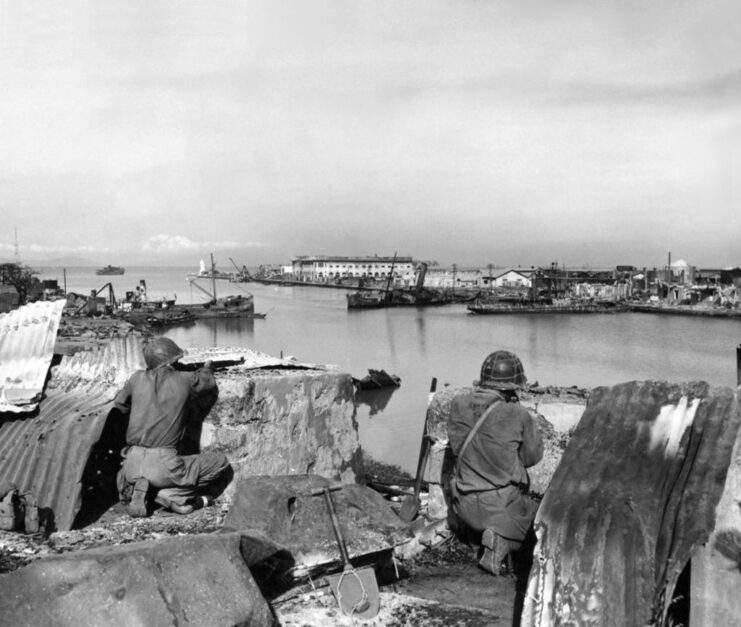
Josefina Guerrero’s most dangerous mission occurred in early 1945, when she was charged with delivering a map of Japanese minefields to the 37th Infantry Division, at the American forces’ headquarters. This was crucial for the Allied advance toward Manila.
Despite suffering from headaches and severe fatigue, Guerrero embarked on the perilous 25-mile journey, navigating through combat zones and evading the notorious river pirates. When she arrived at her intended destination, she learned the men had already gotten a three-hour head start toward Malolos. Not one to easily quit, she turned around and followed them, delivering the map and ensuring the Americans could avoid the enemy’s minefields.
In what became the Battle of Manila, Guerrero continued to showcase her bravery, tending to wounded troops and civilians and carrying children to safety, all while dodging enemy fire. Her actions and intelligence proved instrumental to successfully liberating the Philippines, with Maj. Gen. George F. Moore saying Guerrero exhibited “more courage than that of a soldier on the field of battle.”
Josefina Guerrero’s bravery didn’t disappear after World War II
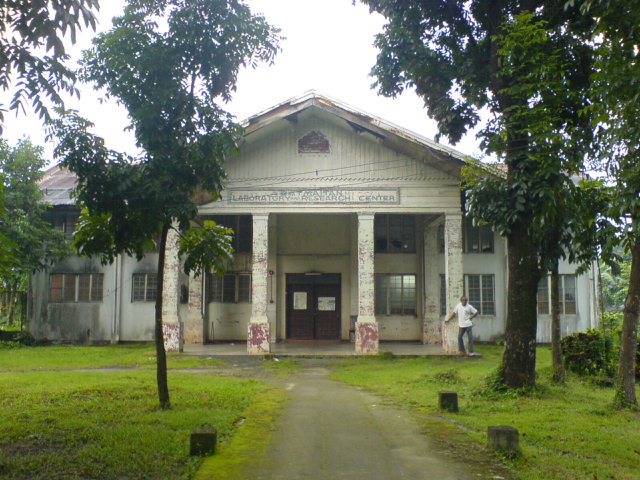
Following the conclusion of the Second World War, Josefina Guerrero was sent to the Tala Leprosarium, in Novaliches. This was the last thing she’d wanted, and her dread over the situation was only made worse by the facility’s conditions. While 650 patients were housed there, just four nurses were on duty. On top of this, there was no running water or electricity, and the entire site was less than sanitary
Appalled by what she and the other patients faced, Guerrero took matters into her own hands, cleaning the leprosarium herself and writing letters to friends living in the United States, detailing the situation. Her efforts led to an exposé being written and published in the Manila Times. This captured the attention of the international media, prompting the Philippine government to renovate the facility and improve conditions.
Receiving treatment in the United States
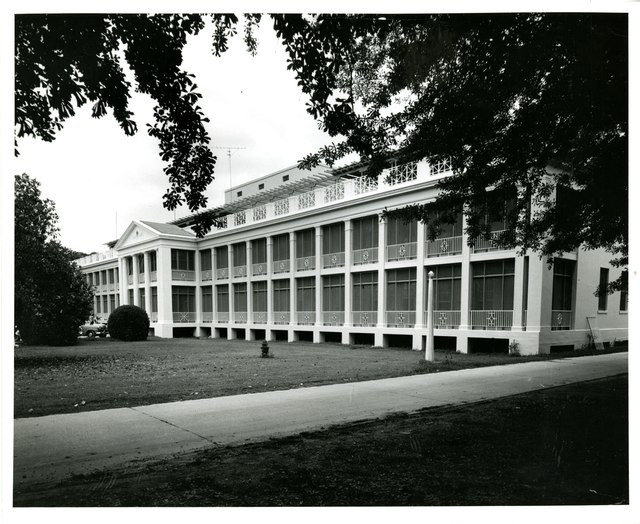
In 1948, Josefina Guerrero became the first foreign national with a diagnosed case of leprosy to obtain an American visa, which allowed her to receive treatment at the Carville National Leprosarium in Carville, Louisiana. Her story continued to gain a lot of international attention, and she was awarded the Medal of Freedom with Silver Palm, in recognition of her wartime service.
Guerrero spent nine years at the leprosarium, due to the advanced nature of her condition, but she overcame her symptoms and was discharged. After this, she became dedicated to fighting the stigma surrounding leprosy. Despite facing challenges in finding employment, due to her medical history, she continued to persevere.
Josefina Guerrero remained in the United States for the rest of her life
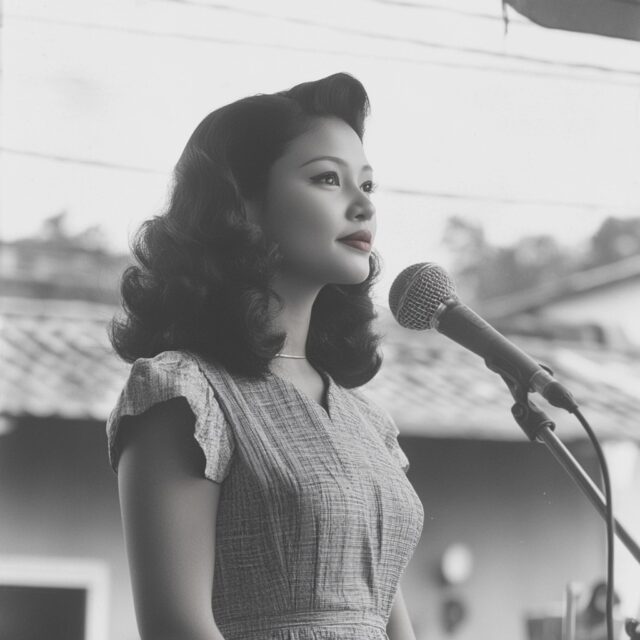
In 1967, Josefina Guerrero was granted American citizenship, despite there having been an effort to have her deported back to the Philippines following the expiration of her visa. She lived out the rest of her life in the United States under a different alias. Along with remarrying, she dedicated herself to various causes. Aside from working as a secretary, she volunteered with the Peace Corps and as an usher at the Kennedy Center.
More from us: Audrey Hepburn Risked Her Life to Help the Dutch Resistance During World War II
Want War History Online‘s content sent directly to your inbox? Sign up for our newsletter here!
On June 18, 1996, Josefina Guerrero passed away at George Washington Medical Center in Washington, DC. She was 78 years old.
